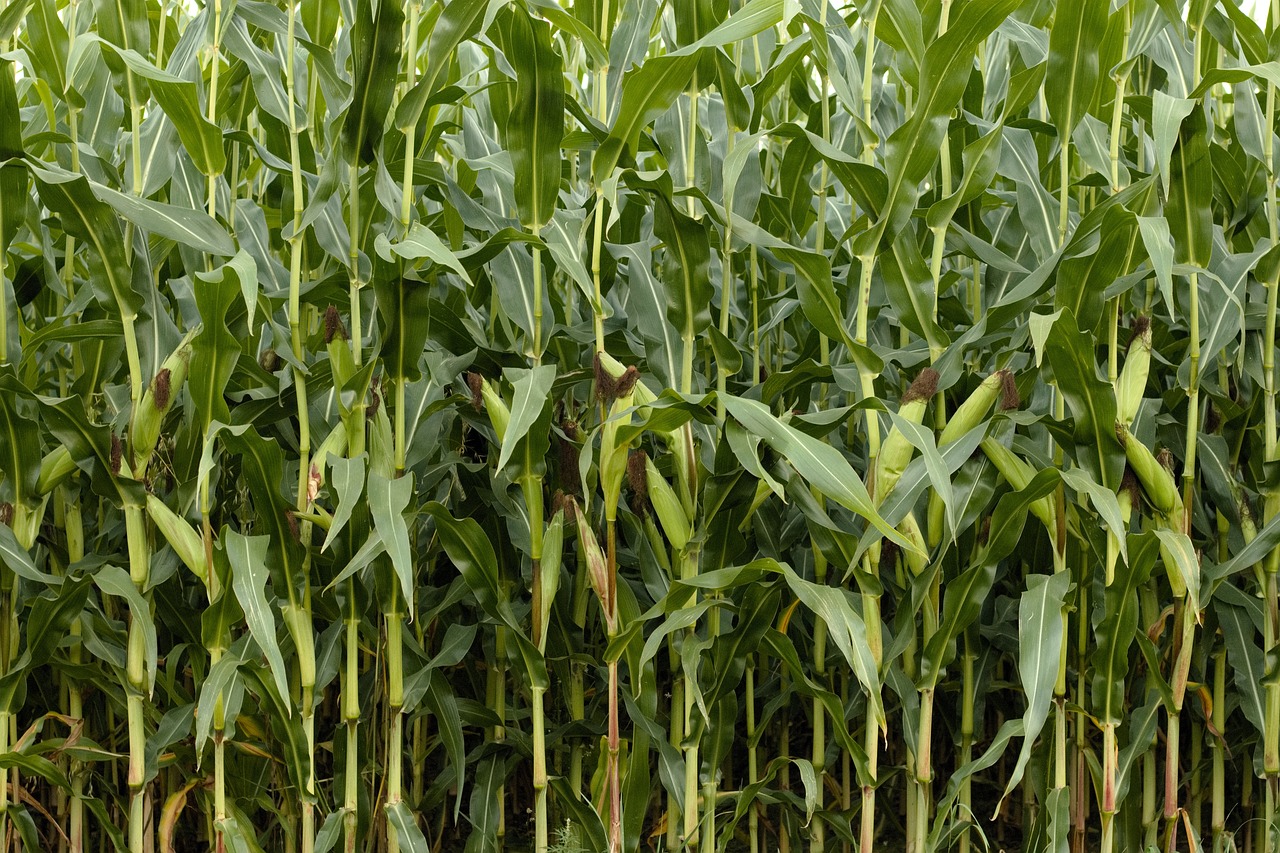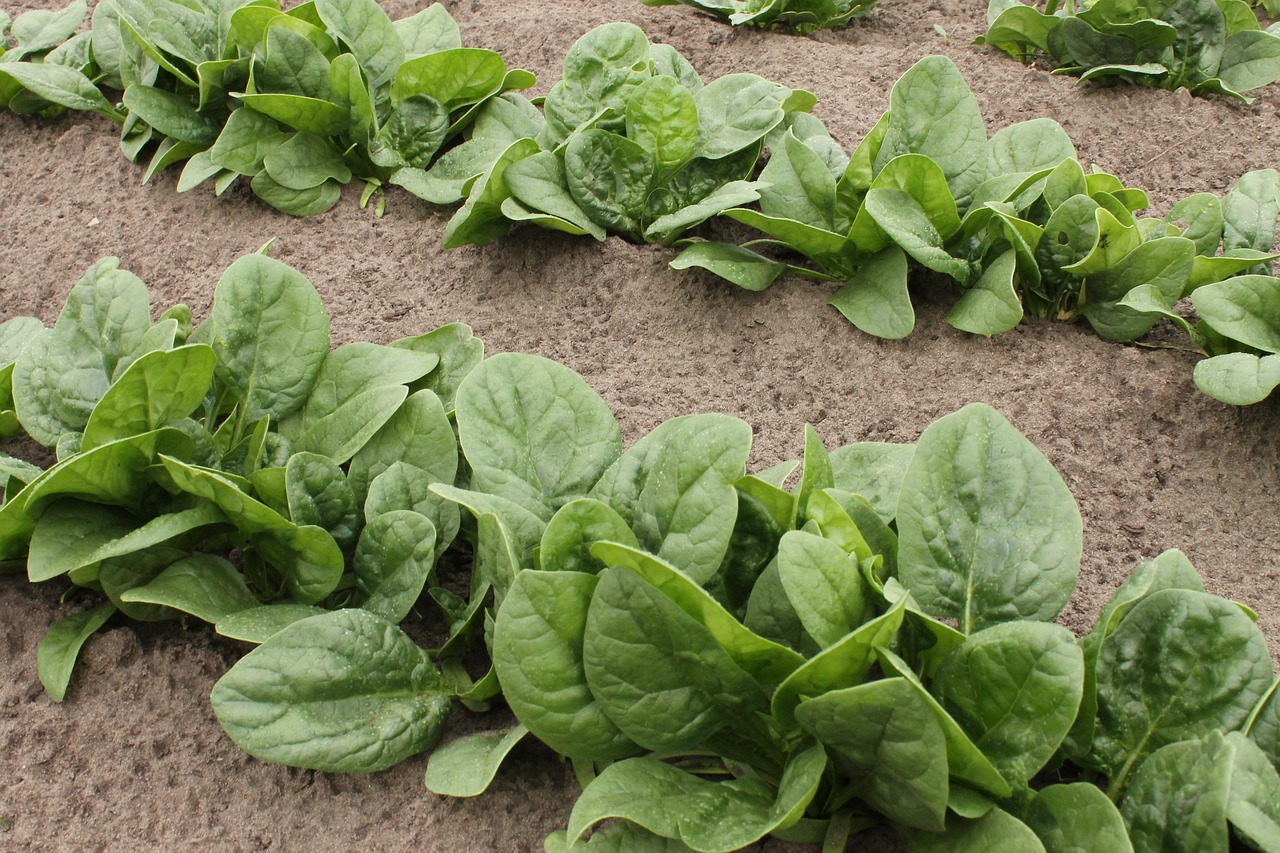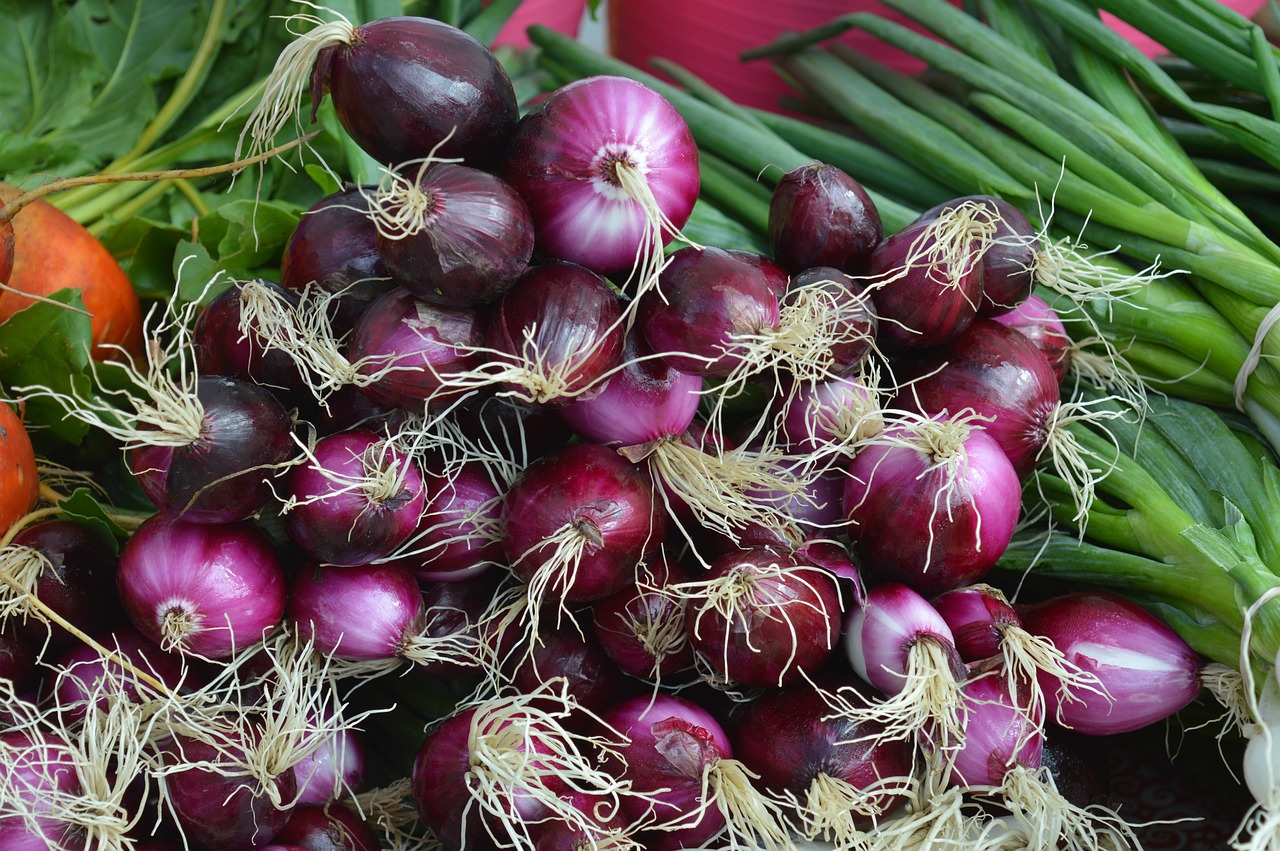With the right care and growing conditions, growing corn can be a rewarding experience, whether you’re growing it in a backyard garden or on a larger scale in a farm setting.
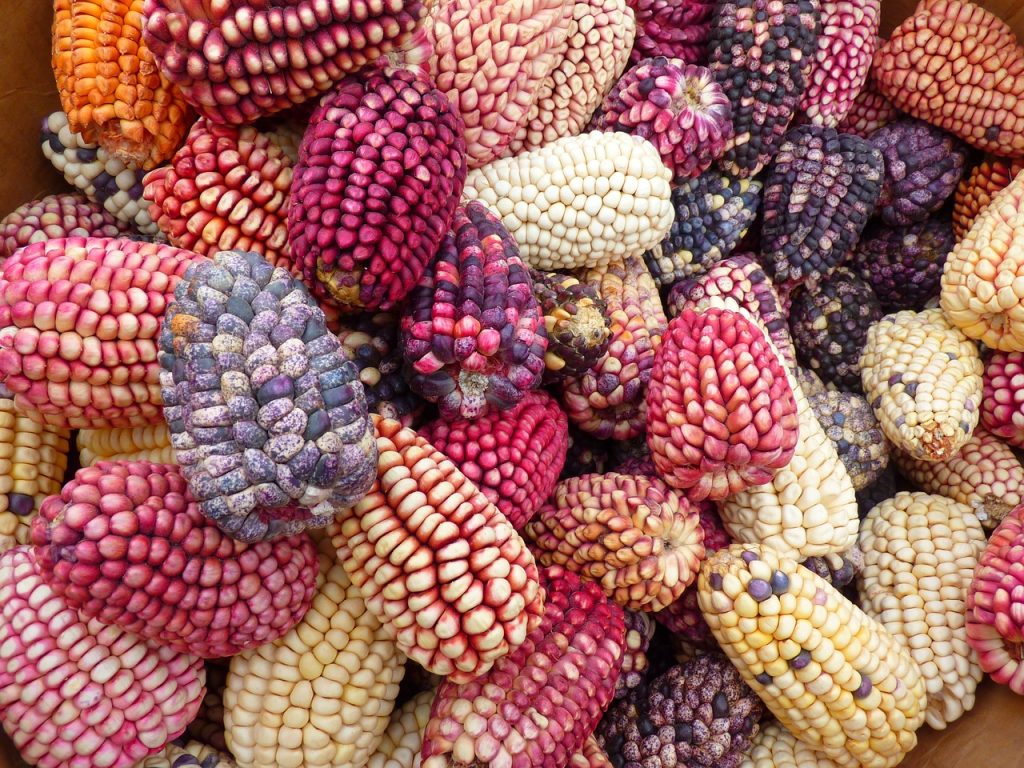
Description
Corn (Zea mays) is an annual plant belonging to the grass family Poaceae and native to Mexico. It is grown mainly for its edible kernels, which are seeds of the plant arranged in rows on the cob. Corn kernels come in a variety of colors, including yellow, white, red and blue, depending on variety.
Corn grows as a tall plant, typically reaching heights of 6 to 10 feet, though some varieties can grow even taller. Plants grow sturdy, upright stalks with long narrow leaves that alternate along the stem. At the top of the plant is the tassel, which contains the male reproductive organs, and below that are the ears, which contain the female flowers.
Corn is a versatile plant with a myriad of uses and applications. Corn kernels can be eaten fresh, dried, or processed into various products such as cornmeal, corn flour, corn syrup, and popcorn. Corn is also used as animal feed, to make ethanol fuel, and in the production of various industrial products.
| Botanical name: Zea mays | Propagation: Seeds |
| Common name: Corn, maize | Soil type: Loamy, sandy loam |
| Family: Poaceae | Soil pH: 6.0-7.0 |
| Plant type: Annual | Temperature: 60°F to 70°F |
| Hardiness zones: USDA zones 4-8 | Light: Full sun |
| Mature size: 6-8 ft. tall, 1-2 ft. wide | Spacing: 6-12 inches |
| Flower color: Yellow, green, purple | Pollination: Wind |
| Time to harvest: 60-100 days | Toxicity: Non toxic |
| Native area: Mexico |
Temperature Requirements
The best temperature to facilitate germination of corn seeds is between 60°F and 95°F (15°C to 35°C). After germination, corn seedlings prefer temperatures ranging from 60°F to 70°F (15°C to 21°C) for healthy growth.
Soil Requirements
Corn prefers to grow in well-drained soil that allows excess water to drain away. Soil that has poor drainage can lead to root rot and other diseases. Consider planting corn in loamy or sandy loam soil with pH range of 6.0-7.0.
Corn is a heavy feeder and requires soil that is rich in nutrients. Incorporate rotten animal manure or compost into the soil to enhance its richness. Alternatively, you can apply a balanced fertilizer to the soil before planting.
Light/Sun requirements
Corn plants thrive in full sun conditions, which typically means receiving at least 6 to 8 hours of direct sunlight each day. Adequate sunlight exposure ensures that corn plants can undergo photosynthesis efficiently, converting light energy into sugars and supporting healthy growth.
Types of Corn
Sweet Corn: This is the type of corn most commonly eaten fresh off the cob. It has a high sugar content and a tender texture. Varieties of sweet corn include ‘Silver Queen’, ‘Honey Select’, ‘Ambrosia’, and ‘Incredible’.
Flint Corn: Also known as Indian corn or calico corn, this type of corn is primarily used for decoration due to its colorful kernels. It has a hard outer layer and is often used in fall decorations and crafts. Varieties of flint corn include ‘Glass Gem’, ‘Rainbow Inca’, and ‘Oaxacan Green Dent’.
Popcorn: Popcorn is a special type of corn with a hard, moisture-resistant kernel that pops when heated. It is typically smaller and more rounded than other types of corn. Popular varieties of popcorn include ‘Yellow Butterfly’, ‘Mushroom’, and ‘White Cloud’.
Flour Corn: This type of corn has a soft, starchy kernel and is commonly used for making cornmeal, corn flour, and masa (for tortillas and tamales). Varieties of flour corn include ‘Hopi Blue’, ‘Tarahumara’, and ‘Oaxacan Green Dent’.
Field Corn: Also known as dent corn or feed corn, this type of corn is primarily used for animal feed, ethanol production, and processed foods. It has a lower sugar content and a higher starch content compared to sweet corn. Varieties of field corn include ‘Pioneer 3751’.
When to plant Corn
Corn is a warm season crop that is sensitive to frost therefore, it is essential that you wait until the risk of frost has passed before planting. Determine the average last frost date for your area and plant corn after this date to avoid potential frost damage to emerging seedlings.
Garden preparation
Conduct a soil test to determine its pH and nutrient levels.
Based on the soil test results, amend the soil as needed to improve fertility and pH. Incorporate organic matter such as compost or well-rotted manure to enrich the soil and provide essential nutrients.
Use a garden tiller or hoe to loosen the soil to a depth of 8 to 10 inches. This will improve soil aeration, drainage, and root penetration.
Remove any existing weeds from the planting area before planting corn. Weeds can compete with corn plants for nutrients, water, and sunlight. Regularly monitor the garden for weed growth and remove weeds promptly.
Planting Corn
Plant corn in rows spaced about 30 to 36 inches apart. Allow sufficient space between rows for ease of access and maintenance.
Within each row, plant corn seeds at a depth of 1 to 1.5 inches in the soil, spaced 6 to 12 inches apart. Planting seeds closer together can result in smaller ears, while planting too far apart can reduce pollination efficiency.
Firm the soil around the seeds and water thoroughly to provide moisture to the seeds for proper germination.
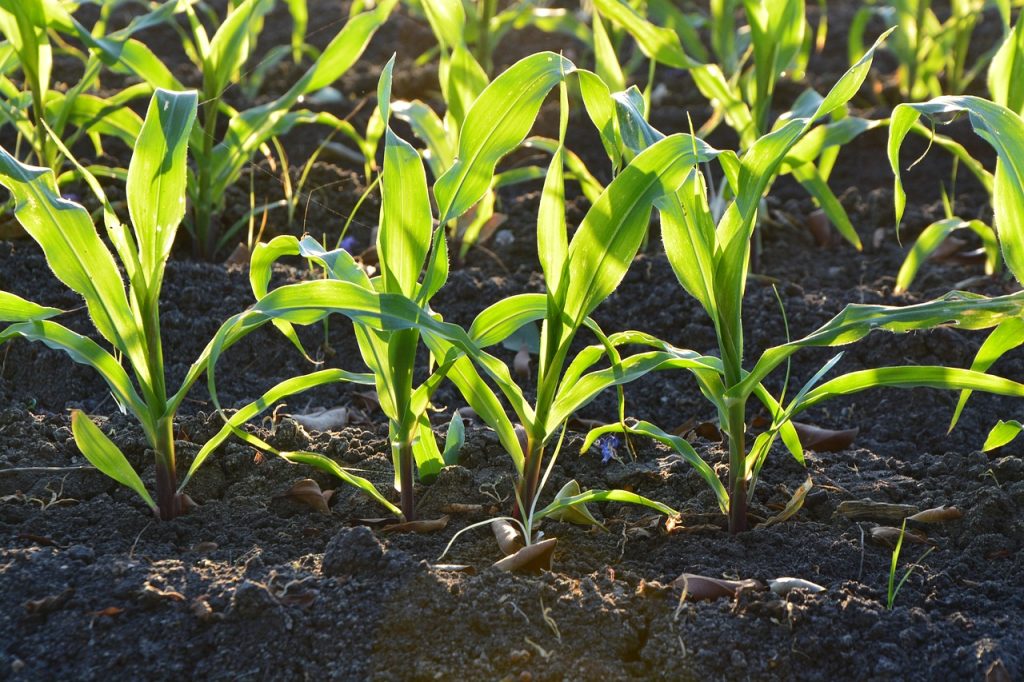
How to Grow Corn plants
Watering: Provide consistent moisture to the corn plants, especially during the germination and early growth stages. Keep the soil evenly moist but not waterlogged.
Water deeply and infrequently, aiming to provide about 1 to 1.5 inches of water per week, either through rainfall or irrigation.
Fertilizing: Corn is a heavy feeder and requires adequate nutrients for optimal growth and yield.
Apply a balanced fertilizer at the time of planting and side-dress additional nitrogen fertilizer when the plants are knee-high and again when they begin to tassel.
Weed Control: Keep the area around corn plants free of weeds, as they can compete for nutrients, water, and sunlight.
Regularly cultivate or mulch between rows to suppress weed growth. Be careful not to damage corn roots while weeding.
Providing support: In areas with strong winds or heavy rains, you can provide additional support to tall corn plants to prevent falling over.
Gently hill soil around the base of the plants or install stakes or trellises for support, especially as the plants mature and begin to develop ears.
Crop Rotation: Rotate corn with other crops in subsequent growing seasons to reduce pest and disease pressure and maintain soil fertility. Avoid planting corn in the same location year after year to minimize soil borne diseases and nutrient depletion.
Harvesting Corn
Harvest corn when it is at the peak of ripeness. Timing varies depending on the variety and growing conditions but typically occurs 60 to 100 days after planting.
To harvest corn, grasp the ear firmly and twist it downward to break it off the stalk. Alternatively, use a sharp knife or pruning shears to cut the ear from the stalk, leaving a short stem attached.
Harvest in the morning when the ears are cool, which helps preserve their quality.
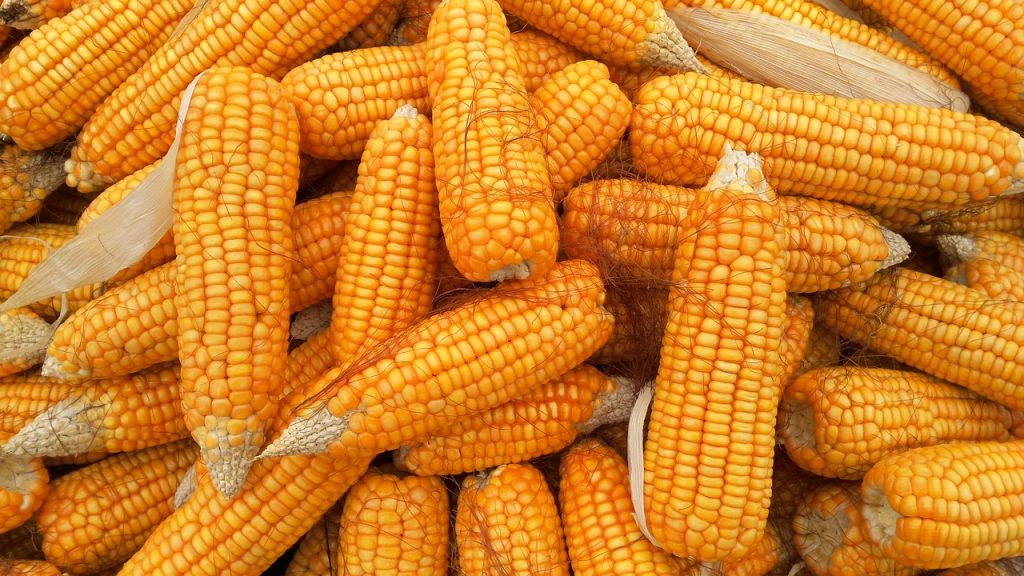
Storing Corn
Immediately after harvesting, transfer the ears to a cool, shaded area to prevent them from drying out or overheating. Remove the husks from the ears of corn shortly before consumption or storage. This allows for better airflow and reduces the risk of mold or spoilage.
For short-term storage (up to a few days), store freshly harvested ears of corn in the refrigerator. Place them in a perforated plastic bag to maintain moisture and freshness.
Best Companion plants
Beans, marigolds, cilantro, basil and cucumbers.
Worst Companion plants
Tomatoes, brassicas, grasses, potatoes, fennel and alliums.
Managing Pests and Diseases
Inspect corn plants regularly for signs of pests, such as corn borers, aphids, or armyworms, and diseases like corn smut or rust.
Employ integrated pest management techniques, including cultural practices, biological controls and use of appropriate pesticides.
Remove and destroy any affected plants or plant parts to prevent the spread of pests and diseases.

